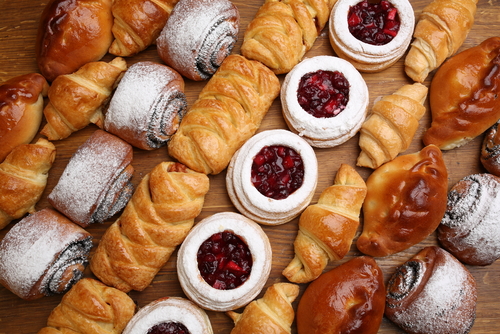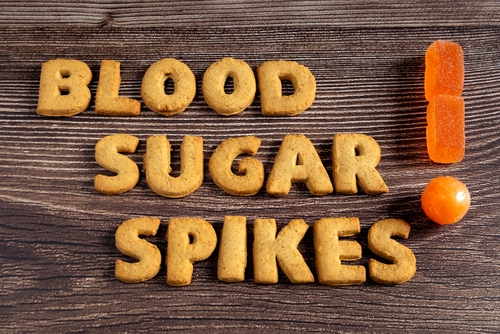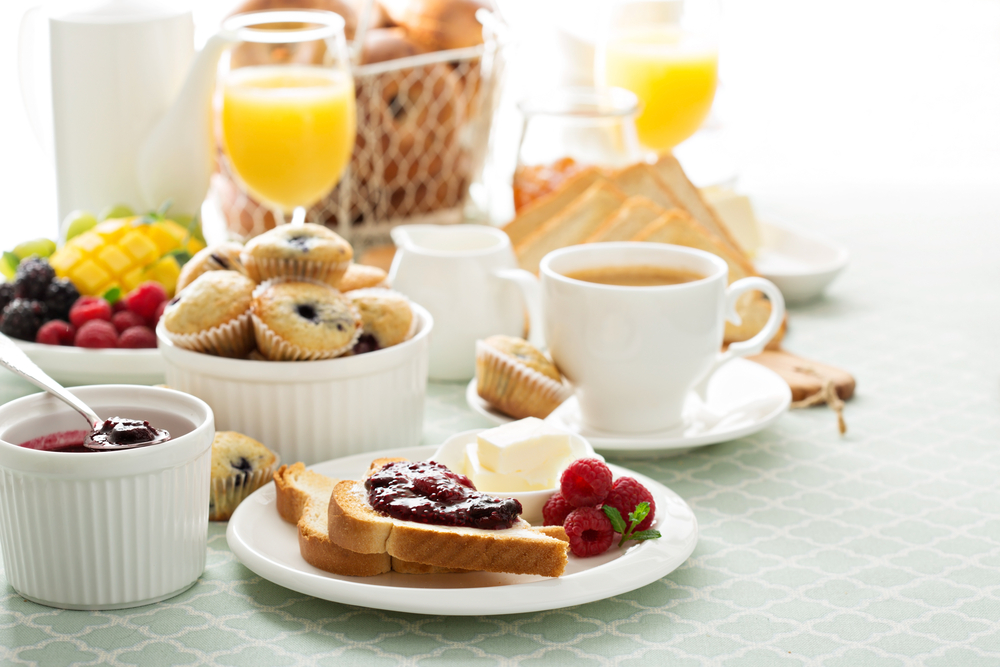Blood sugar spikes have become a hot topic in health. New research by Saga Health Insurance reveals UK Google searches for ‘what foods lower blood sugar immediately’ increased 5,000% in the first three months of 2025.Healthtok is equally engaged as‘blood sugar’ has 97K posts on TikTok.
Big blood sugar spikes happen when glucose levels rapidly rise after eating sugary or high-carb foods, leading to a short energy boost followed by fatigue, brain fog, and cravings.
In response, Saga Health Insurance surveyed 500 Brits and partnered with Steve Bennett, a qualified health coach and Parliamentary Advisor on the House of Lords’ Food, Diet and Obesity Committee, to reveal how our eating habits impact our blood sugar levels.
The biggest sugar spikers in modern diets
Steve says: “Ultra-processed carbs like white bread, sugary cereals, pasta, and baked goods lack fibre and digest rapidly into sugar. Hidden sugars in “healthy” foods like granola bars, fruit juices, low-fat yoghurts, and smoothies often contain as much sugar as desserts and are big spikers.
“Unexpected culprits like rice cakes (higher glycemic index than sugar), dried fruit, sushi with white rice, and even sweet potato fries can trigger large glucose spikes.”
Most Brits get it wrong as soon as they wake up
Overnight, your body depletes its stored glucose, so by morning you’re running on empty and need a sugar-balanced meal.

For breakfast, almost two in five (39%) Brits opt for ultra-processed carb-heavy meals like toast, cereal or pastries, according to Saga’s survey. But Steve explains: “Big blood sugar spikes are primarily caused by ultra-processed carbohydrates, especially those stripped of fibre.”
However, over a quarter (27%) opt for something high in protein or fibre, like eggs and spinach or Greek yoghurt and berries – good options for balanced blood sugar levels in the morning according to Steve.
Enjoying a sweet treat doesn’t have to come at the cost of your health
Almost half (49%) of Brits reach for a chocolatey snack as their preferred sweet treat according to Saga’s survey. And most like it in the late afternoon as a pick-me-up between lunch and dinner. But Steve recommends totime your treats wisely: “The best time to have a sugar-rich treat is within 30 minutes of a high-fibre balanced meal. This allows your body to process the sugar more effectively and minimise spikes.”
| Brit’s favourite time for a sweat treat | |||||
| Afternoon slump (around 4pm) | After dinner (around 8-9pm) | After lunch | Mid-morning (elevenses) | Late night (midnight snack) | All options |
| 26% | 25% | 21% | 16% | 4% | 8% |
Eating blood sugar spikers before bed is particularly disruptive
Steve says: “Our bodies become more insulin-resistant in the evening, meaning the same food eaten at night causes a higher glucose response than if eaten earlier in the day.
“Nighttime spikes disrupt sleep quality, impair overnight cellular repair, and contribute to morning brain fog. They also interfere with growth hormone release, which happens primarily during deep sleep and is essential for tissue repair and metabolic health.”
Why big spikes matter
Over time, repeated big blood sugar spikes contribute to insulin resistance (where your body is less able to regulate its blood sugar levels), increasing the risk of obesity, type 2 diabetes, heart disease, and even accelerated ageing. Heart disease is the third-leading cause of death in England and Wales according to the ONS and Diabetes UK estimates diabetes levels are at an all-time high.
How to avoid big spikes and crashes for a balanced day of eating:
Steve says: “Incorporating fibre (vegetables, salads, and whole grains), protein (lean meats, legumes, or tofu) and healthy fats (avocado, nuts, and olive oil) at every meal slows the absorption of sugars and helps maintain steady blood glucose levels.”

For Brits looking to swap a chocolate bar for a satisfying, balanced snack, Steve recommends Greek yoghurt with berries, chia seed pudding, hummus with vegetables, some nuts or a boiled egg.
Steve’s 5 hacks for steady glucose levels
- The fibre-first principle: Eating high-fibre foods before a meal can significantly reduce glucose spikes. Start with a salad, raw vegetables, or a handful of nuts before eating a carb-heavy snack.
- Strategic food pairing: Combining high-carb foods with protein and healthy fats helps slow digestion and moderate glucose impact. For example, pair dark chocolate with almonds or have berries alongside a dessert.
- Move after meals: A short 10-minute walk after eating can reduce glucose spikes by up to 30%. Gentle movement helps muscles use up excess sugar before it accumulates.
- Add a splash of vinegar: Studies show drinking a tablespoon of apple cider vinegar in water before meals can improve insulin sensitivity and lower post-meal glucose levels by up to 20%.
- Make smart swaps: Replace white rice with cauliflower rice, use leafy greens instead of tortillas, and swap tropical fruits for lower-glycemic berries.
Spotting blood sugar spikers
Understanding food labels during your food shop helps manage balanced blood sugar levels. Steve advises:
- More than 5g of sugar per 100g may cause moderate spikes.
- Above 10g per 100g is likely to trigger significant glucose elevation (often marked red on food labels).
- Aim for products where fibre is at least half the sugar content.





